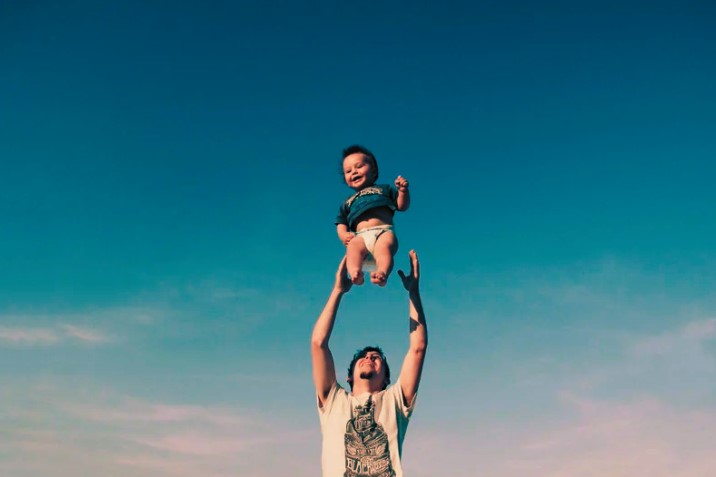We’ve all heard the saying, “Like father, like son,” but have you ever wondered why babies often seem to take after their dads? From their adorable smiles to those captivating eye colors, there’s a fascinating story behind why newborns often resemble their fathers in more ways than one.
The answer is not that simple as the resemblance is determined by several factors. In this exploration, we’ll talk about the science, genetics, and heartwarming factors that contribute to the striking resemblance between dads and their babies.
The Basics of Genetics
DNA: The Blueprint of Life
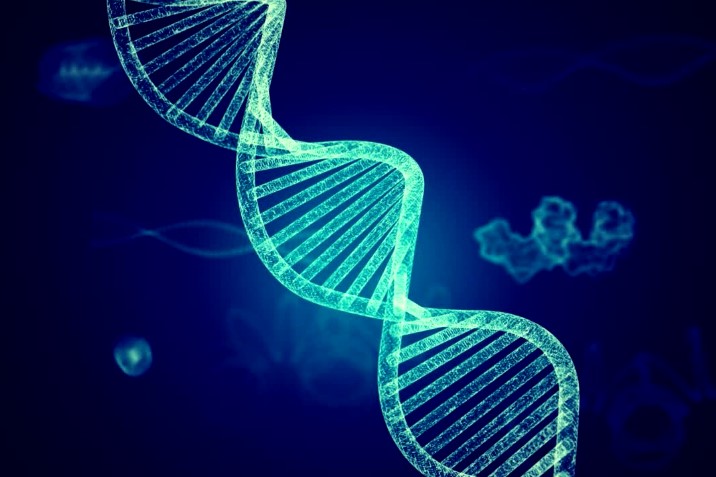
Every individual carries a unique set of genetic instructions, known as DNA. This intricate code is a blend of both parents’ genetic material, with half inherited from the mother and half from the father.
When conception occurs, these genetic materials intertwine, determining a plethora of the child’s characteristics, from physical appearance to predispositions. However, the expression of genes isn’t always straightforward.
Some genes are dominant, overshadowing their recessive counterparts. This dominance can lead to certain traits being more pronounced, potentially causing a child to exhibit more characteristics from one parent. It’s this dance of dominance and recessiveness that can lead to pronounced paternal resemblances in some offspring.
The Role of Chromosomes
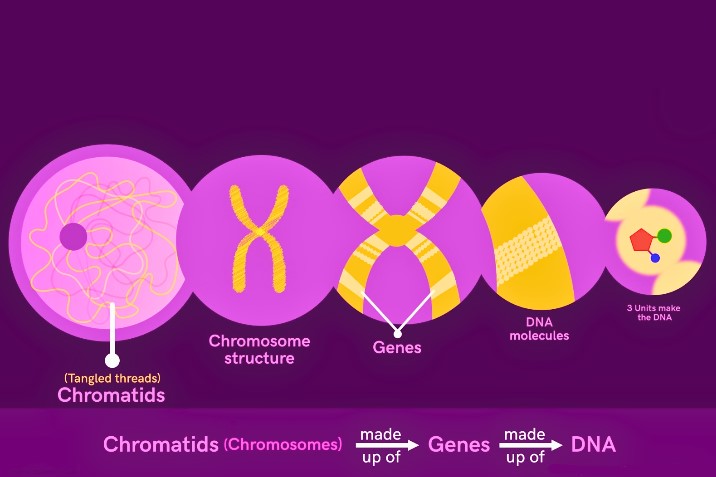
Chromosomes, the tightly coiled structures of DNA, play a pivotal role in inheritance. Humans typically possess 46 chromosomes, divided into 23 pairs. Each parent contributes one chromosome to every pair, shaping the unique genetic makeup of their child.
While the inheritance of chromosomes is largely random, some research hints that genes linked to survival and health might be more frequently inherited from the father. This intriguing possibility could be a key factor in why some babies bear a stronger resemblance to their dads.
Exploring nature’s potential reasons for paternal resemblance
Paternal Assurance
From an evolutionary standpoint, there’s a compelling theory suggesting that babies resembling their fathers had survival advantages. In primitive societies, a father recognizing his own features in his offspring might be more inclined to invest time, care, and resources, ensuring the child’s well-being and survival.
This “paternal assurance” hypothesis posits that babies with pronounced paternal features had a better chance of thriving, as they were more likely to receive protection and sustenance, thus enhancing their chances of reaching adulthood and reproducing.
Mother’s Genetic Strategy
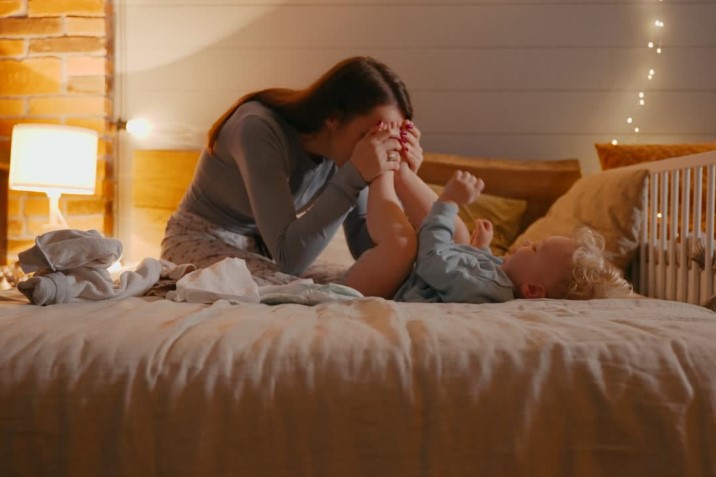
Conversely, another evolutionary perspective suggests that mothers might have a genetic strategy to produce offspring that mirrors the father’s traits. By ensuring the child visibly carries the father’s characteristics, the mother could solidify the bond between father and child, guaranteeing continued support and resources.
While this theory is still a topic of debate among scientists, it offers a fascinating lens through which to view the complex interplay of genetics and evolutionary strategy.
Social Implications
Beyond genetics and evolution, a baby’s resemblance to its father can have profound societal and emotional implications. Research indicates that fathers who perceive a strong resemblance in their newborns often report feeling a deeper emotional connection.
This heightened bond can lead to increased involvement in the child’s upbringing. Such involvement can have cascading positive effects, from enhanced emotional well-being to improved academic performance for the child. Thus, the simple act of visual resemblance can shape a child’s life in myriad ways.
Cultural Perceptions
Cultural nuances play a significant role in how familial resemblance is perceived and valued. In certain cultures, a pronounced resemblance to the father can be seen as an affirmation of legitimacy, influencing the child’s social standing, inheritance rights, and even marital prospects.
In other societies, while resemblance might not be as heavily emphasized, it still weaves its way into family narratives, shaping stories passed down through generations and influencing familial bonds.
Debunking Myths
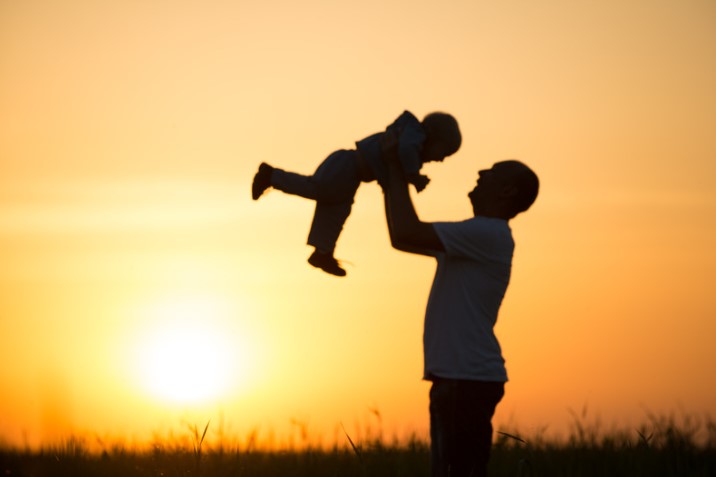
Human perception is a powerful tool, often influenced by biases and external inputs. When it comes to judging resemblance, confirmation bias can heavily sway opinions. If one person comments on a baby’s likeness to the father, others might subconsciously start seeing the same resemblance, even if it’s subtle.
Furthermore, as children grow, their features evolve. Over time, a child might begin to exhibit traits from both parents or even extended family members, making initial assessments of resemblance fluid and ever-changing.
Beyond Physical Appearance
While much of the discussion on resemblance revolves around physical traits, it’s essential to recognize that genetics influence a vast array of characteristics. From personality quirks to talents, many non-physical traits can be inherited.
A child might not overtly resemble their father in appearance but could inherit his temperament, passions, or even predispositions to certain health conditions. This deeper level of genetic inheritance further underscores the profound connection between parent and child.
The Future of Genetic Research
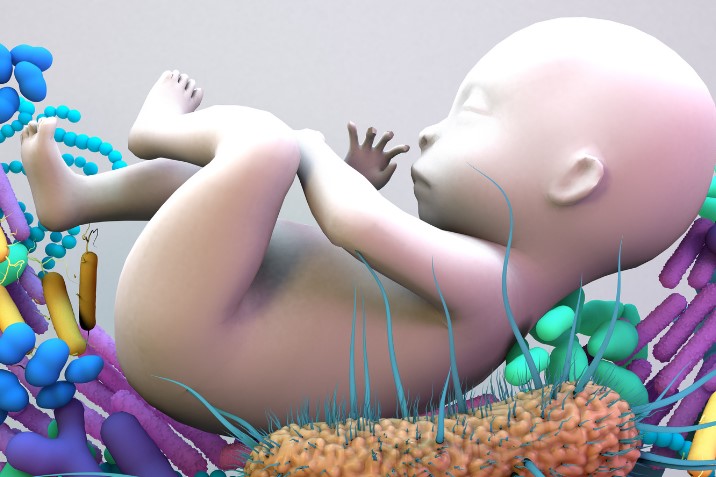
Advanced Genetic Mapping
The rapid advancements in genetic mapping and DNA testing are revolutionizing our understanding of inheritance. As we delve deeper into the human genome, we’re gaining clearer insights into how genes are passed down and expressed, potentially shedding light on the mysteries of familial resemblance.
This burgeoning field promises to offer more nuanced explanations for why some babies might bear a stronger resemblance to one parent over the other, bridging the gap between science and observation.
The Role of Epigenetics
Epigenetics, a field studying how genes are activated or deactivated by environmental factors, offers another layer of complexity. A trait inherited from the father might remain dormant unless specific environmental triggers activate it.
This intricate relationship between genetics and environment promises to be a focal point of research in the coming years, potentially reshaping our understanding of inheritance and resemblance.
FAQs:
Do fathers’ genes have a greater impact on sons than daughters or vice versa?
The impact can vary, but fathers’ genes can influence both sons and daughters in unique ways.
Does the resemblance between dads and babies extend to personality traits?
While genetics can influence personality traits, they are a combination of genetic, environmental, and individual factors.
Can the resemblance change as the baby grows older?
Yes, as a baby grows, their features might change, but the initial resemblance can still be striking.
Do all newborns resemble their dads equally?
The degree of resemblance can vary widely, influenced by a combination of genetic factors and chance.
Why do babies often have the same dimples as their dads?
Dimples are usually a dominant genetic trait, and if a dad has them, there’s a good chance his baby will too.
Conclusion
In the journey of life’s tiny miracles, it seems that nature has a way of highlighting the special bond between fathers and their little ones. From the twinkle in their eyes to the dimples that form with laughter, babies often inherit more than just physical traits from their dads.
Science shows that this resemblance isn’t just a matter of chance – it’s a beautiful blend of genetics and shared moments that make each baby a reflection of their loving father.
So, the next time you catch a glimpse of those family resemblances, remember that it’s nature’s way of celebrating the unbreakable connection between a dad and his precious bundle of joy.
